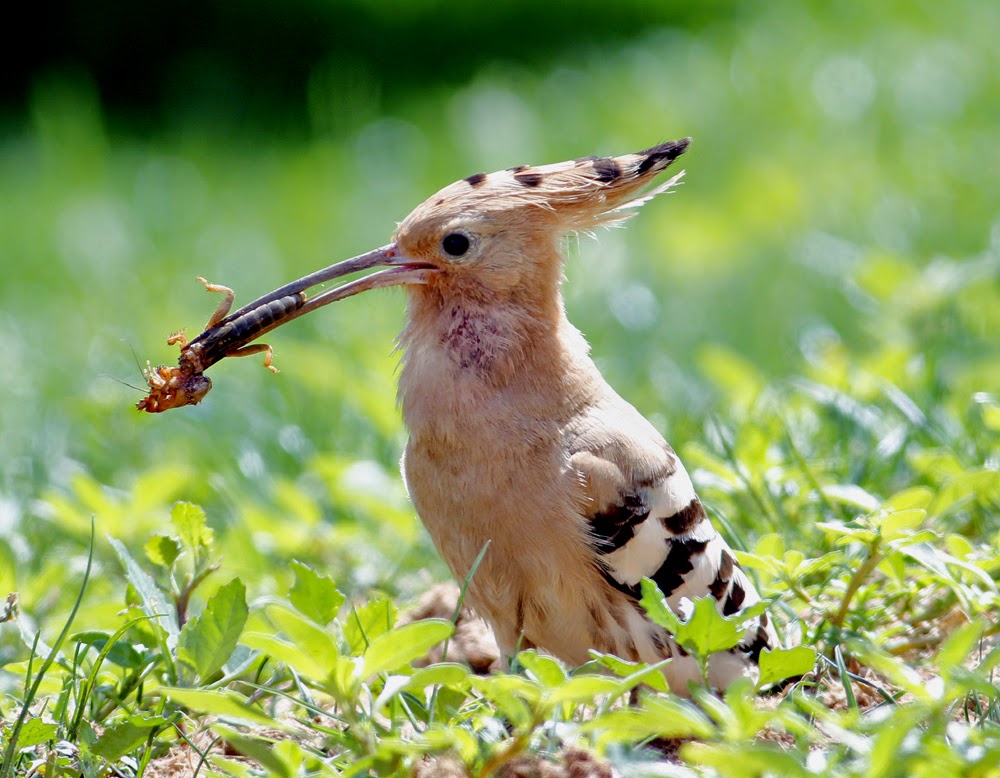There’s a new header picture for the blog, an Egyptian Vulture I photographed in Menorca on the fine sunny morning of 13th May. Here’s another one for David in Canada. He’s more used to seeing Turkey Vultures.
Egyptian Vulture
After two weeks of shirt sleeves and shorts Birding Menorca Style I’ve been itching to bird the local patch wearing similar attire but when it rained all Sunday night and into most of Monday morning I wasn’t too hopeful. Soon after lunch the sun came out although it remained cold and windy so I set off for Pilling wearing a scarf, winter jacket and a warm hat. The dashboard temperature showed 11⁰, a major reduction on the 25⁰ of the Mediterranean a week ago.
Via the telephone Andy had told me of the failure of our two Skylark nests the previous week. One had failed at the chick stage with 3 tiny, dead youngsters in a saturated nest; the other nest reached the stage of 3 eggs before it too was abandoned, a victim of the unsettled, cool and often wet month of a not untypical UK May.
Both pairs of Skylarks were still around today and showing all the signs of starting all over again very close to their original nests. But the strong wind blowing along and over the sea wall made it impossible to properly study what these two pairs and a number of others were doing.
I found 3 Little Egrets feeding in the drainage ditch and along the fence line a single Wheatear and a couple of Linnets.
Wheatear
I’d missed the highest point of the high tide but the water was still well up near the sea wall. This explained the large numbers of Dunlin and Ringed Plover roosting in the ploughed field, approximately 800 Dunlin and 70 Ringed Plovers, all hunkered down in the deep furrows the farmer had left for his potato crop but where the height of the furrows gave some protection against the cold wind. It was a sight I don’t think I have ever seen before during many years of birding and not one I would expect to see in the supposedly warm month of May.
As I shaped to take a picture of this unusual spectacle the whole lot spooked and flew off over the sea wall as the reason came into sight, a male Peregrine taking a dive or two into the flock. Its attempts at a meal a failure the Peregrine flew south and out of sight.
Peregrine
A number of Swallows and House Martins fed over windswept Worm Pool but no more than twenty in total with just one or two Swifts overhead.
I moved closer to the shelter of the woodland where I clocked 2 Buzzard, 1 Great-spotted Woodpecker, 1 Mistle Thrush, 2 Song Thrush and any number of Blackbirds. In song - 3 Whitethroat, 2 Blackcap, 1 Chiffchaff and 1 Lesser Whitethroat together with 1 Greenfinch and a good number of Goldfinches.
On the car park fields: 20 Shelduck, 12 Lapwing, 2 Oystercatcher, 2 Pied Wagtail.
There's more rain and wind forecast for tomorrow. Now where’s that holiday brochure?
Linking today to Stewart's World Bird Wednesday.
Linking today to Stewart's World Bird Wednesday.














































































